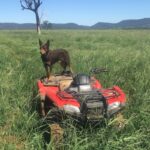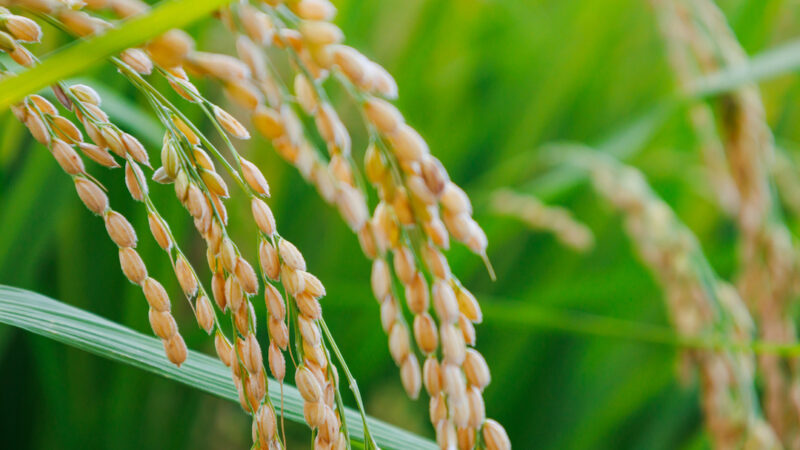Beef farmer Don Mack�s dog Kenny has his sights set on chasing pigs and swimming…
New biocontrol agent fights fast-spreading weed
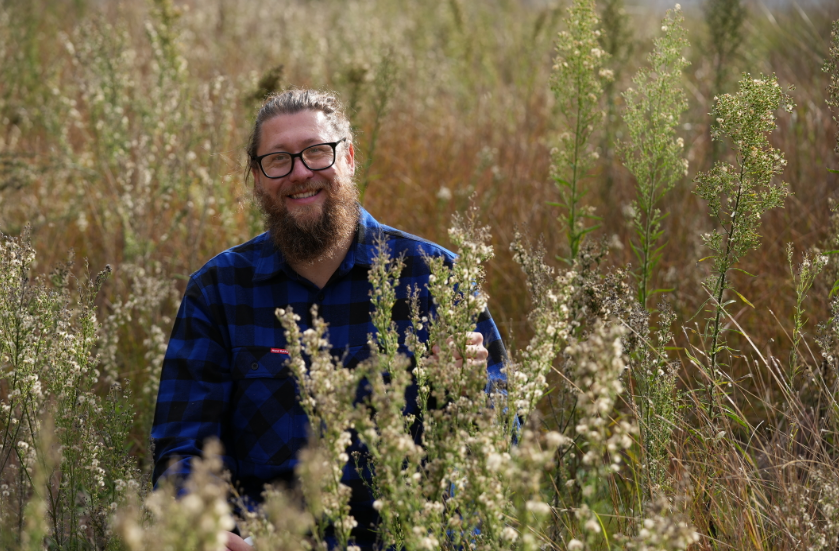
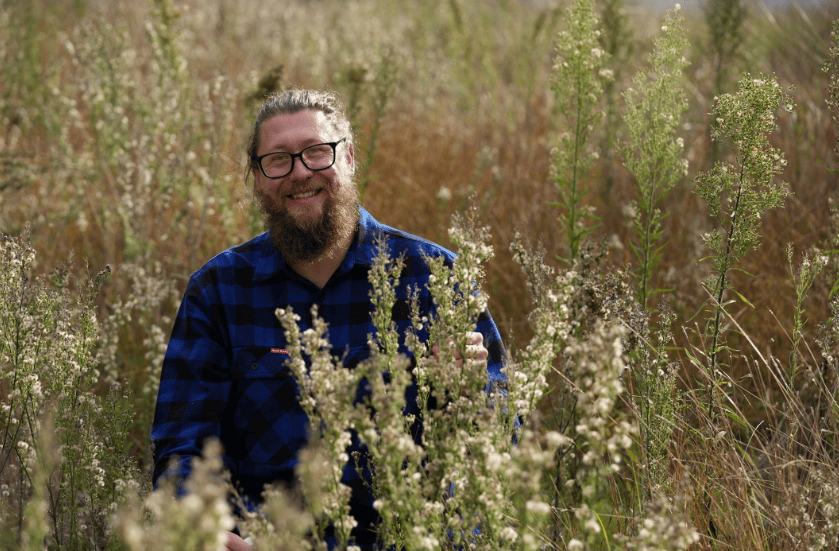
Farmers now have a new biocontrol tool to help fight one of Australia’s most challenging agricultural weeds � flaxleaf fleabane � which causes grain crop revenue losses of more than $43 million each year.
Flaxleaf fleabane (Conyza bonariensis) is a fast-spreading weed from South America that has impacted almost three million hectares of cropping and grazing land across Australia.
CSIRO weed ecologist, Dr Ben Gooden, said flaxleaf fleabane is one of the most difficult-to-control weeds in grain cropping systems.
�As flaxleaf fleabane has developed resistance to some herbicides, we hope that the biocontrol agent will be effective in reducing its populations across the country,� Dr Gooden says.
�We identified a rust fungus called Puccinia cnici-oleracei in Colombia which infects flaxleaf fleabane and restricts it from growing by destroying the plant�s tissues.�
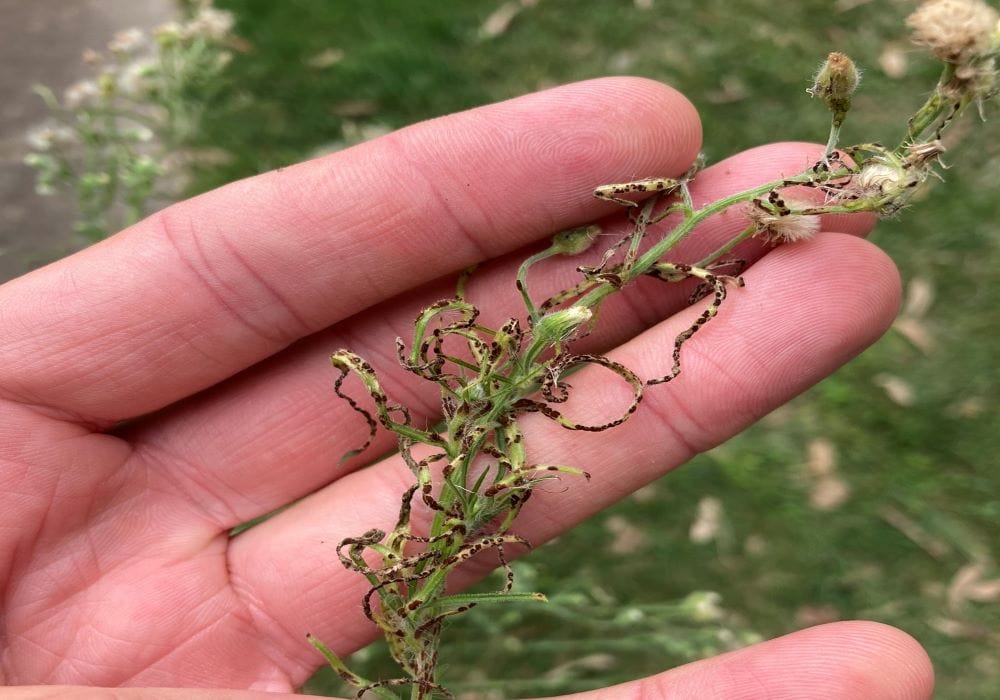
The fungus was imported into CSIRO�s high-security quarantine facility in Canberra where scientists studied it extensively to determine if it would be safe to introduce to Australia as a biocontrol agent.
�Our research found the fungus can only infect flaxleaf fleabane, while all non-target plant species tested were resistant to it,” Dr Gooden says. “Based on this research, the fungus is deemed to be safe and has been approved by the Department of Agriculture, Fisheries and Forestry for introduction to Australia.�
Flaxleaf fleabane grows up to one metre and is a prolific seed producer. Each plant can produce over 100,000 seeds, which can disperse long distances with the help of wind, water, animals, and vehicles.
The Grains and Research Development Corporation (GRDC) was one of the supporting organisations for the research.
GRDC Manager Weeds, Dr Jason Emms, said grain growers had been battling flaxleaf fleabane for many years as the weed competed for soil water across multiple stages of the crop cycle.
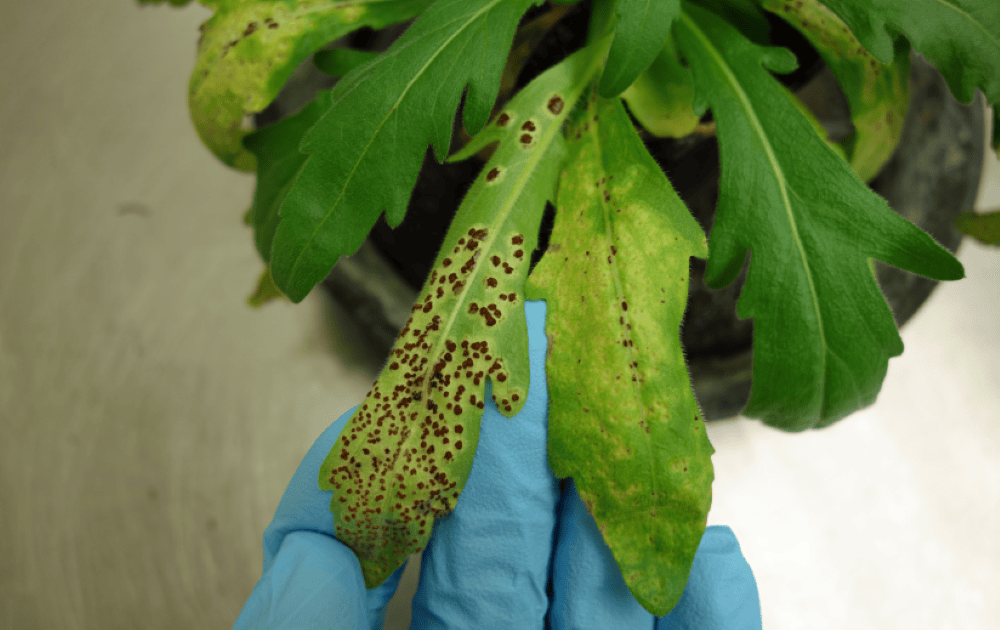
�Flaxleaf fleabane can run rampant during the fallow phase as there is little competition for light or moisture. Once established it is very difficult to control,� Dr Emms says.
�A biocontrol agent for this problematic weed is very exciting as it may help to reduce overall populations when integrated with existing weed management strategies.�
GRDC Manager Weeds, Dr Jason Emms
This research is generated from the project called �Underpinning agricultural productivity and biosecurity by weed biological control�, and is supported by AgriFutures Australia, through funding from the Australian Government Department of Agriculture, Fisheries and Forestry as part of its Rural R&D for Profit program and co-investment from CSIRO, GRDC and NSW Biocontrol Taskforce.
How can farmers get involved?
Farmers wishing to participate in the biocontrol release program should register their interest with the CSIRO at [email protected].
As release sites are strategically selected across the weed�s range, CSIRO, AgriFutures Australia and GRDC will provide the rust fungus and clear instructions to land managers wishing to introduce the rust fungus to areas with high flaxleaf fleabane infestations.
Landowners will monitor the fungus and how it establishes itself, and then report back to CSIRO on the impact it has on flaxleaf fleabane.
If you enjoyed reading this feature, check out our weeds and pests report.


